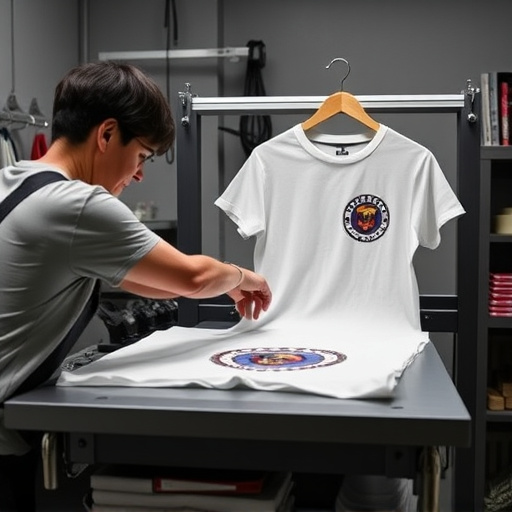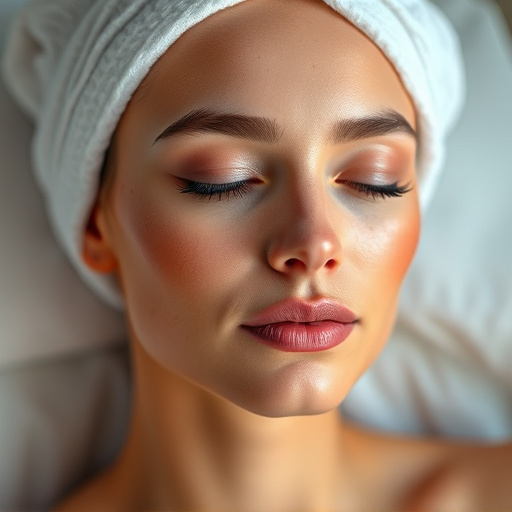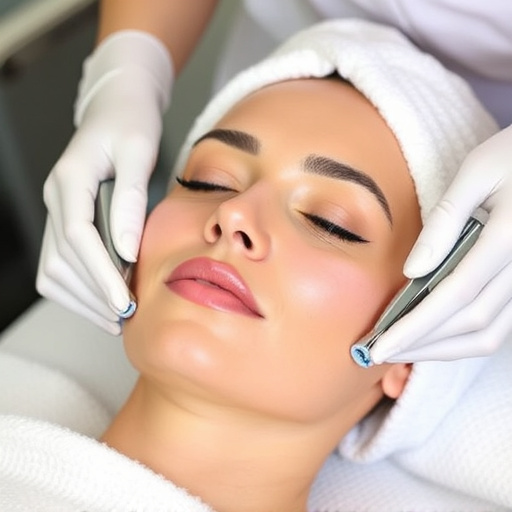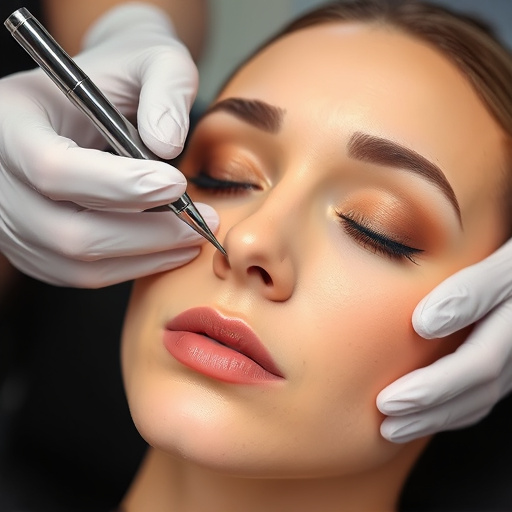Botox and fillers are wrinkle reduction treatments targeting dynamic and static wrinkles differently. Botox temporarily paralyzes muscles (3-6 months), while fillers add volume and stimulate collagen (up to 2 years). Fillers offer immediate results and lower risk, whereas Botox is well-researched and lasts longer. Choose based on specific needs, preferences, and desired result duration for effective anti-aging.
“Confused about choosing between Botox and fillers for wrinkles? This guide breaks down the ultimate battle of wrinkle reduction treatments. We explore the science behind each, from muscle relaxation (Botox) to collagen stimulation (fillers), offering a clear view of their key differences and results. Discover which treatment reigns supreme in terms of longevity and safety, helping you make an informed decision for youthful skin.”
- Understanding Botox and Fillers for Wrinkle Reduction
- Key Differences: How They Work and Results
- Longevity and Safety Comparison: Which Outperforms?
Understanding Botox and Fillers for Wrinkle Reduction

Botox and fillers are two popular wrinkle reduction treatments that have taken the beauty industry by storm. Both procedures aim to enhance skin appearance and reduce signs of aging, but they work in distinct ways. Botox, a neurotoxin derived from bacteria, temporarily paralyzes muscles, preventing contraction and thus minimizing the appearance of wrinkles. On the other hand, fillers, typically made from hyaluronic acid or collagen, add volume to the skin by smoothing out wrinkles and enhancing facial contours.
These treatments cater to different needs; Botox is ideal for fine lines and dynamic wrinkles caused by muscle movement, while fillers are more suitable for deeper static wrinkles and those seeking overall facial rejuvenation. Understanding these differences is crucial in selecting the most effective wrinkle reduction method for your specific concerns, ultimately contributing to improved skin health and a youthful appearance.
Key Differences: How They Work and Results

When it comes to wrinkles, two popular treatments stand out: Botox and fillers. Understanding their key differences is crucial for choosing the best wrinkle reduction treatment for your skin health goals.
Botox works by paralyzing muscles, preventing them from contracting and causing dynamic wrinkles. This results in smoother skin but temporary effects, typically lasting 3-6 months. On the other hand, fillers enhance skin texture by adding volume to creases and wrinkles. They stimulate collagen production over time, offering longer-lasting results of up to 2 years. While Botox excels in treating expression lines and crow’s feet, fillers are ideal for deepening facial contours and improving pore refinement, contributing to a more youthful appearance.
Longevity and Safety Comparison: Which Outperforms?
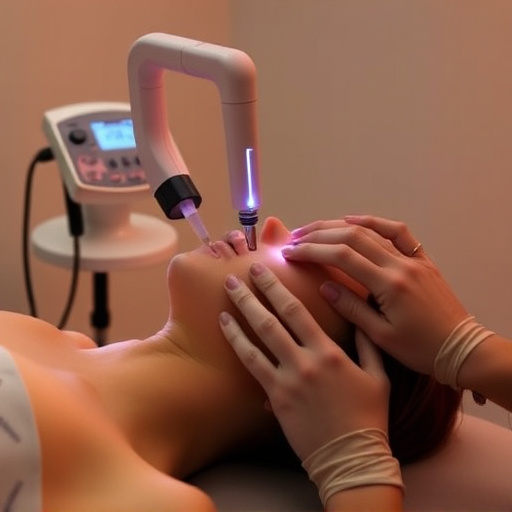
When comparing Botox and fillers for wrinkle reduction, longevity and safety are key factors to consider. In terms of duration, both treatments offer significant results, but with differing timelines. Fillers tend to provide immediate results and can last anywhere from 6 months to 2 years, depending on the type used. On the other hand, Botox typically takes a few days to take effect and offers slightly longer-lasting results, ranging from 3 to 6 months. This makes it an ideal choice for those seeking sustained, yet controllable anti-aging treatments.
In terms of safety, both have their advantages. Fillers are generally considered safer as they are injected into the skin, minimizing potential side effects on other parts of the body. Botox, however, has a longer history and extensive research backing its use, making it one of the most effective and well-regulated wrinkle reduction treatments available. The choice between the two ultimately depends on individual needs, preferences, and desired longevity of results.
When it comes to choosing the best wrinkle reduction treatment, both Botox and fillers have their merits. Understanding their distinct mechanisms and outcomes is key. While Botox offers a more temporary solution through muscle relaxation, fillers provide longer-lasting results by plumping up skin. In terms of safety and longevity, fillers currently hold an edge for longer-lasting, minimal downtime effects. However, the choice ultimately depends on individual preferences and desired results, with both treatments proving effective in their own right for achieving a youthful complexion.
